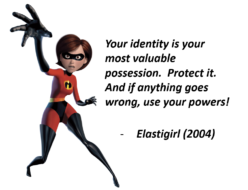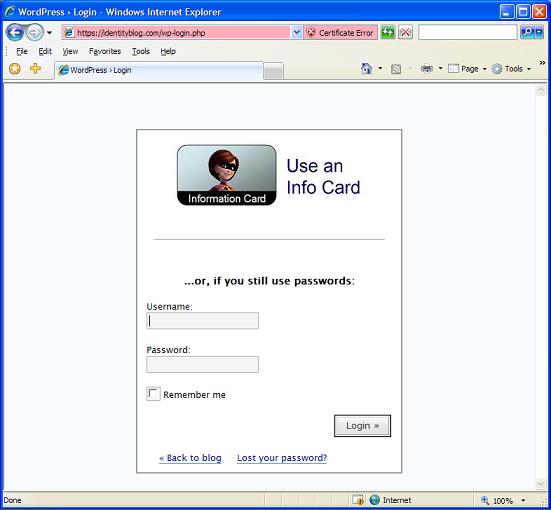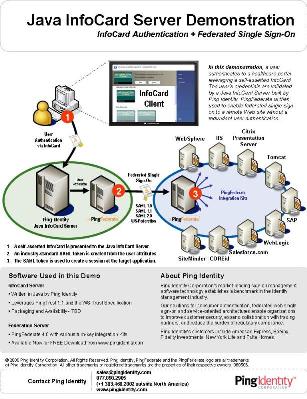If you missed this article in Sunday's New York TImes, I suggest you read it. Alan Finder, the author, has done a great job of driving the issues home. My son Max called me long distance and said, “Dad – you have to read this. It's very much related to what you've been workng on.” Imagine – my kids finally understand what I'm doing! Against all predictions, it turns out Max is now himself trying to help a brick and mortar institution understand that it needs to live on the web – and he looks at the privacy and identity issues as something that will shape young peoples’ attitudes going forward.
I won't quote the Times article in its entirety. The paper requires an email address to get to their stuff – and then sends you spam for having given you access. But it's in the public interest to get the main points across.
The Times article describes how companies are using information posted in Facebook (and other similar sites) to vet job applicants. And even more interestingly, it reports on the reactions of the applicants as they begin to understand what is happening. They had thought they were releasing information in a context where drama and posturing (dare we say ‘humor’?) are the norm – and in what is supposedly a closed community centered around the university. But they suddenly found it had been globalized – and was now available to anyone, anywhere for any purpose.
It seems that executives are put off by a candidate looking to party describe his interests as “smokin’ blunts” (cigars hollowed out and stuffed with marijuana), shooting people and obsessive sex, all described in vivid slang”. (That's funny – sounds like an interesting enough guy to me.)
As Finder says, “It did not matter that the student was clearly posturing. He was done.”
“A lot of it makes me think, what kind of judgment does this person have?” said the company's president, Brad Karsh. “Why are you allowing this to be viewed publicly, effectively, or semipublicly?”
I don't think Brad was invited into the Kids’ facebook world. A virtual world, by the way. Where people are atually allowed to be metaphorical. Why is he following the kids into their heads? Can't they have fantasies?
The article says:
Many companies that recruit on college campuses have been using search engines like Google and Yahoo to conduct background checks on seniors looking for their first job. But now, college career counselors and other experts say, some recruiters are looking up applicants on social networking sites like Facebook, MySpace, Xanga and Friendster, where college students often post risqué or teasing photographs and provocative comments about drinking, recreational drug use and sexual exploits in what some mistakenly believe is relative privacy…
“It's a growing phenomenon,” said Michael Sciola, director of the career resource center at Wesleyan University in Middletown, Conn. “There are lots of employers that Google. Now they've taken the next step…”
Companies can gain access to the information in several ways. Employees who are recent graduates often retain their college e-mail addresses, which enables them to see pages. Sometimes, too, companies ask college students working as interns to perform online background checks, said Patricia Rose, the director of career services at the University of Pennsylvania.
Another student, having no luck finding a job, researched himself on Google and found an old link to a satirical essay he had done, “Lying Your Way to the Top”. Once he had that link removed, he suddenly started receiving offers.
“I never really considered that employers would do something like that,” he said. “I thought they would just look at your résumé and grades.”
The way today's college students use the web is remarkable and innovative. But for many of them, their whole email correspondence and a lot of their social life is etched in bits. That's why getting the identity metasystem right is really a gift for them.
This brings us back to compartmentalization. In the old days, we said and even did things in our student days that we might later have regretted. But our acts and phrases weren't globalized, written into an eminently searchable Book of Life that would be read not by God, but by man, with all of his imperfections and pomposity.
Sites like Facebook need to start getting on the identity bandwagon, looking into new mechanisms for trusted yet anonymous assertions, or they'll lose the trust of their users. More on the dangers of globalized personal information to come…


